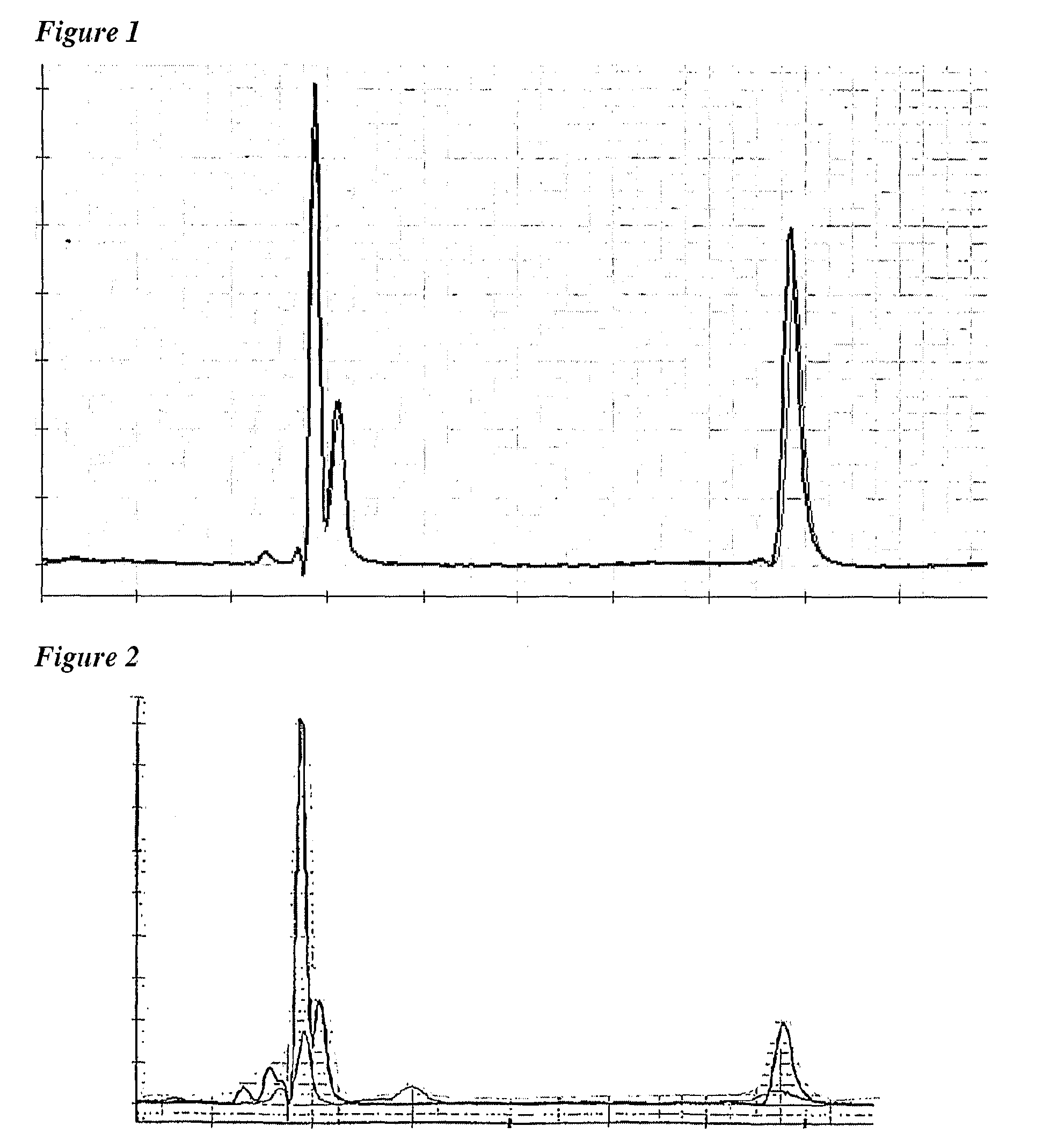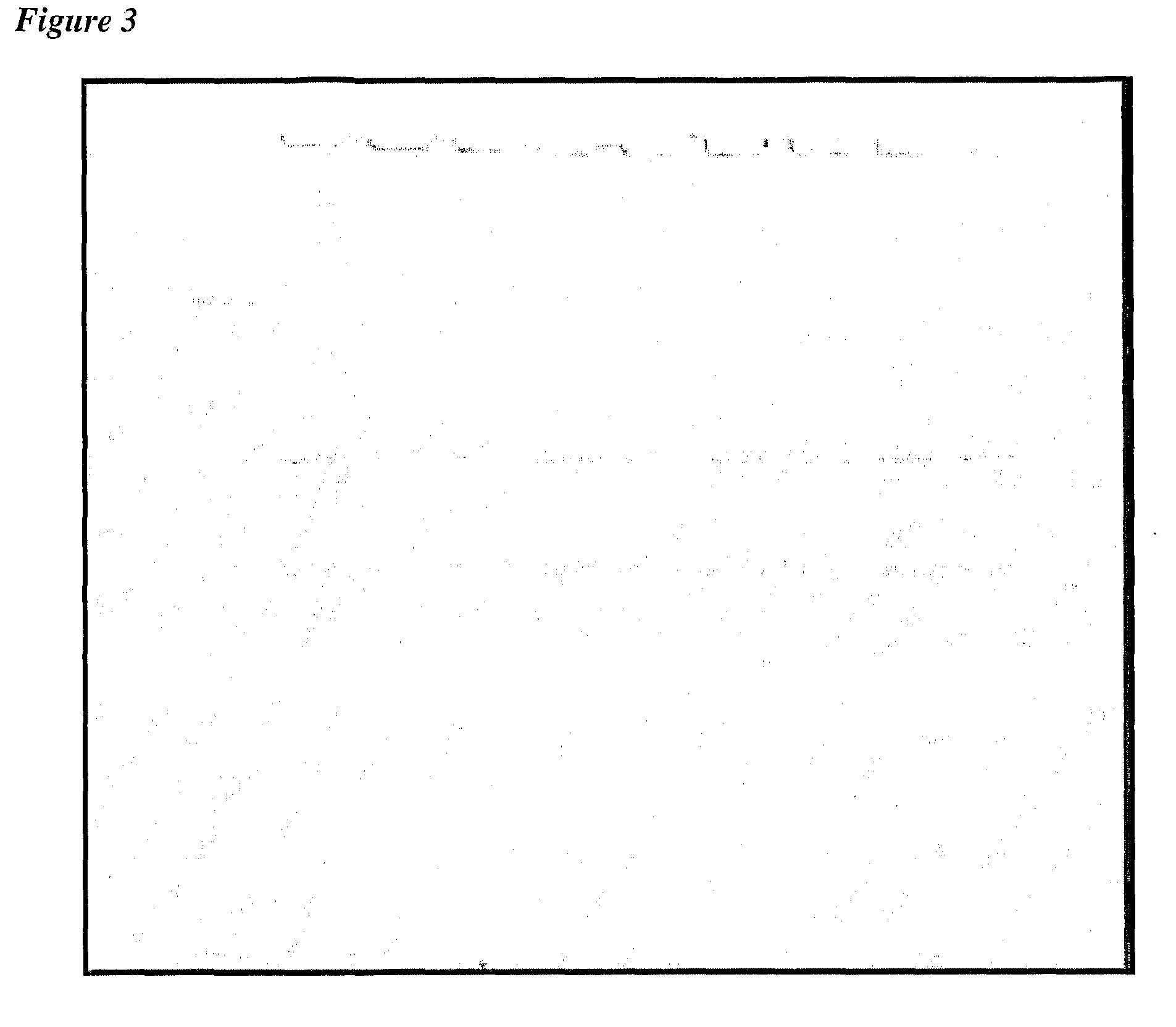Meningococcal vaccine formulations
a meningococcal vaccine and formulation technology, applied in the field of formulation of meningococcal vaccines, can solve the problems of poor long-term stability and poor stability of meningococcal immunogens adjuvanted with oil-in-water emulsions, and achieve good storage stability
- Summary
- Abstract
- Description
- Claims
- Application Information
AI Technical Summary
Benefits of technology
Problems solved by technology
Method used
Image
Examples
Embodiment Construction
Inclusion of Adjuvant in Men-B Vaccine
[0140]Initial pre-clinical assessment of the Novartis Men-B vaccine indicated that an optimum immune response required the presence of aluminium hydroxide adjuvant. Even in the presence of this adjuvant, however, strain coverage was incomplete. For example, whereas 100% of tested ST32 and ST8 strains were killed by sera elicited by the vaccine, this figure dropped to 65% for ST11 strains. In contrast, the use of the MF59 emulsion as the adjuvant provided 100% coverage for all of ST32, ST8 and ST11 strains. Further experiments confirmed MF59's superiority.
[0141]The same superiority was seen when conjugated capsular saccharides from serogroups A, C, W135 and Y were added to the Men-B vaccine. The immunogenicity achieved by this A-B-C-W-Y vaccine was better using MF59 than when using aluminium hydroxide, both in terms of bactericidal titres and strain coverage.
[0142]MF59 thus provides an enhanced immunogenic efficacy when compared to the aluminium ...
PUM
| Property | Measurement | Unit |
|---|---|---|
| molecular weight | aaaaa | aaaaa |
| molecular weight | aaaaa | aaaaa |
| molecular weight | aaaaa | aaaaa |
Abstract
Description
Claims
Application Information
 Login to View More
Login to View More - R&D
- Intellectual Property
- Life Sciences
- Materials
- Tech Scout
- Unparalleled Data Quality
- Higher Quality Content
- 60% Fewer Hallucinations
Browse by: Latest US Patents, China's latest patents, Technical Efficacy Thesaurus, Application Domain, Technology Topic, Popular Technical Reports.
© 2025 PatSnap. All rights reserved.Legal|Privacy policy|Modern Slavery Act Transparency Statement|Sitemap|About US| Contact US: help@patsnap.com


